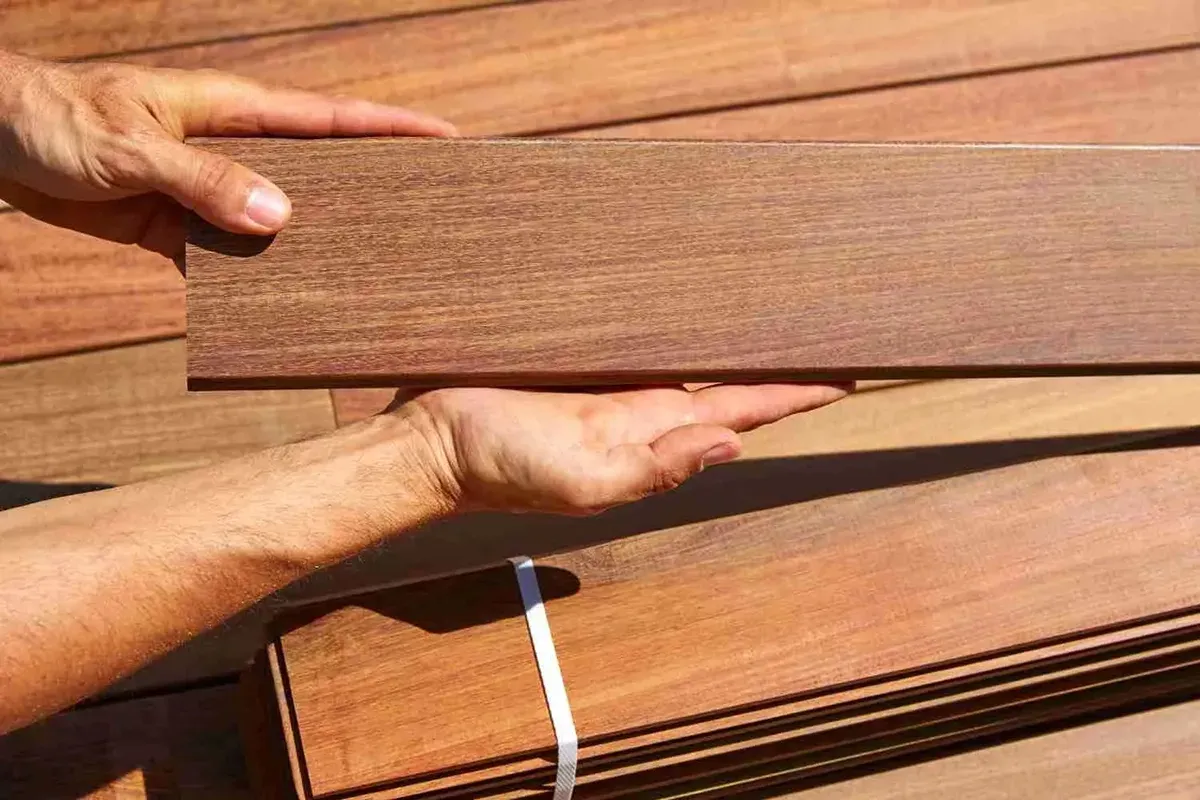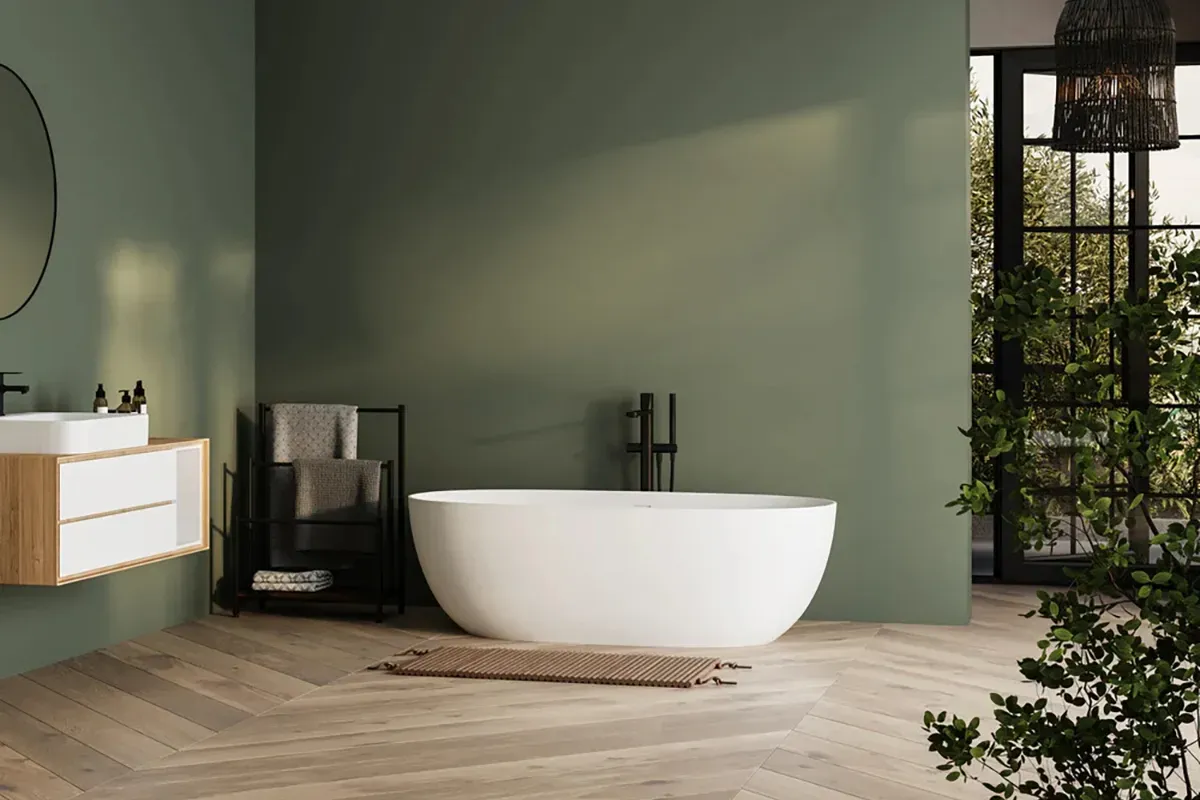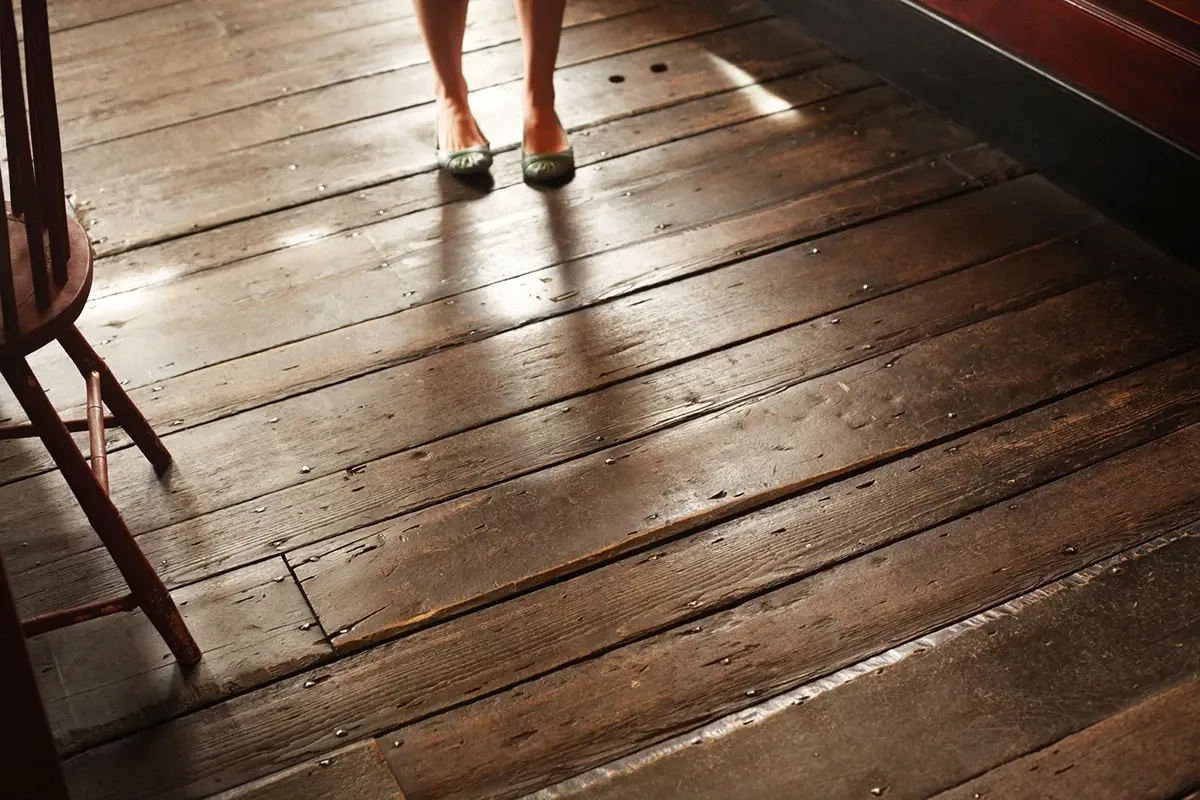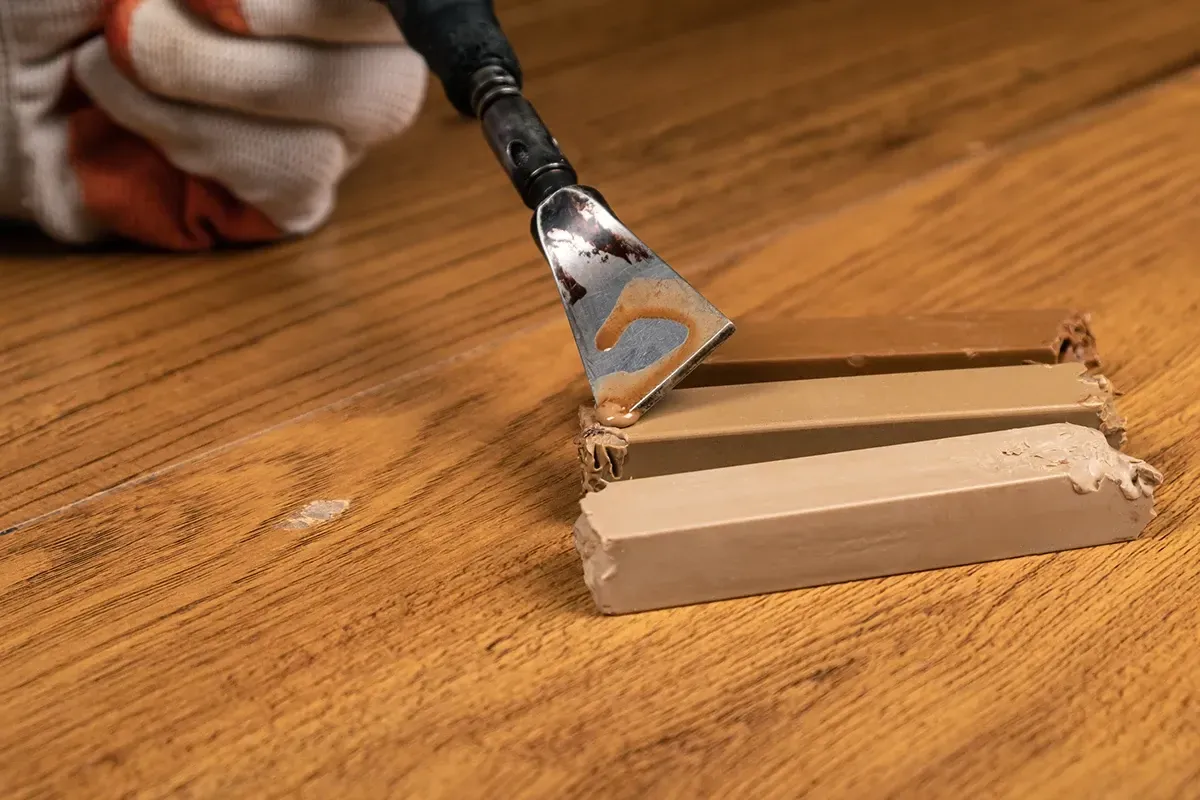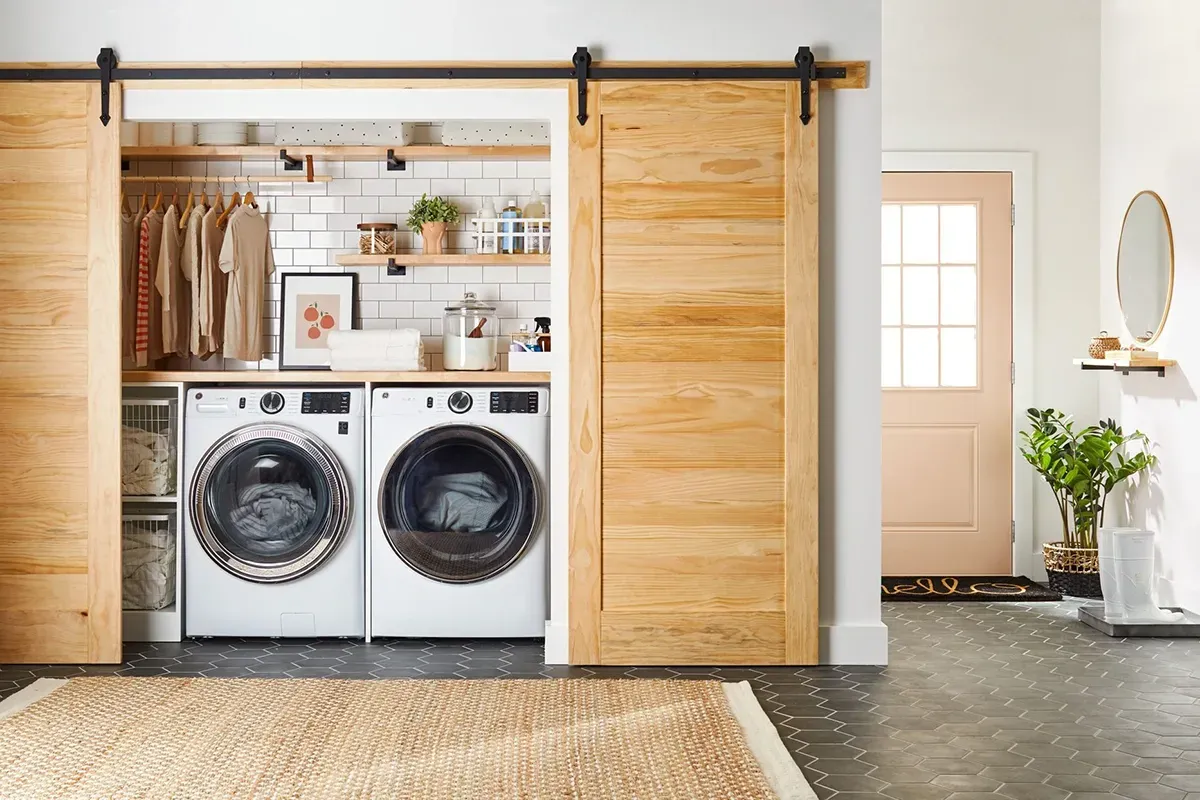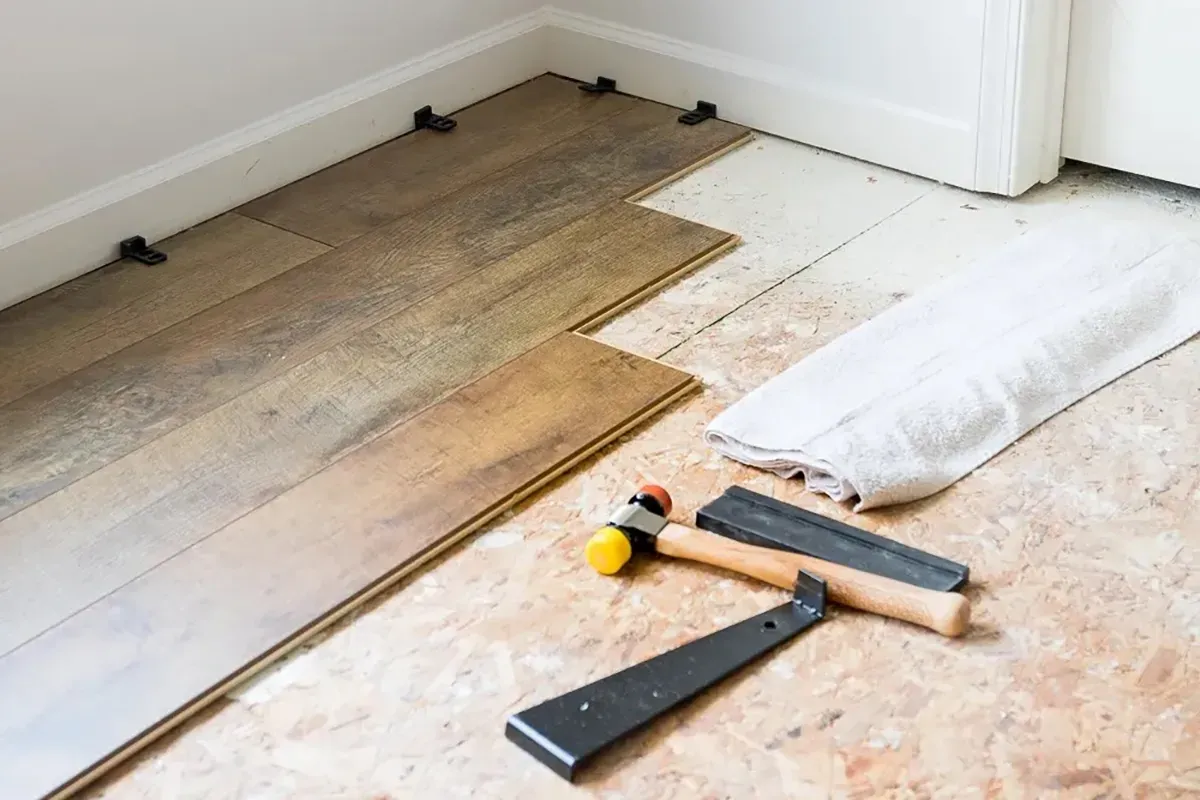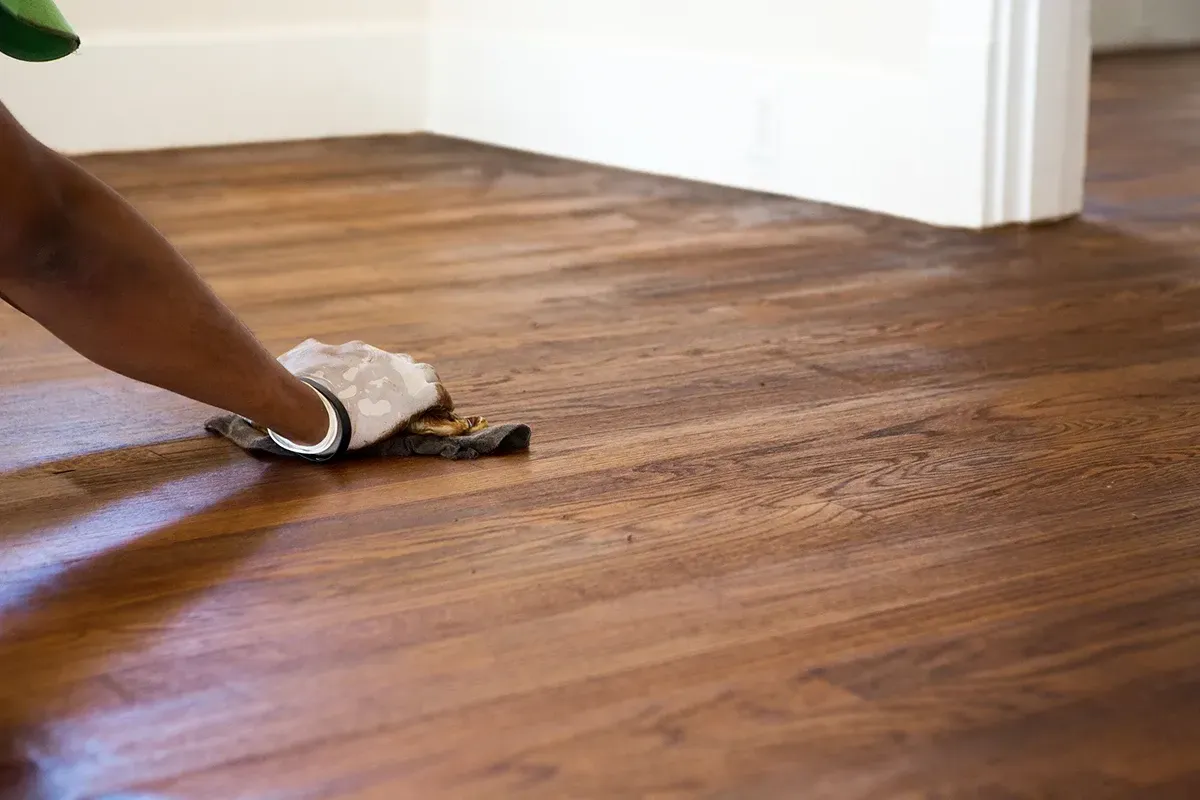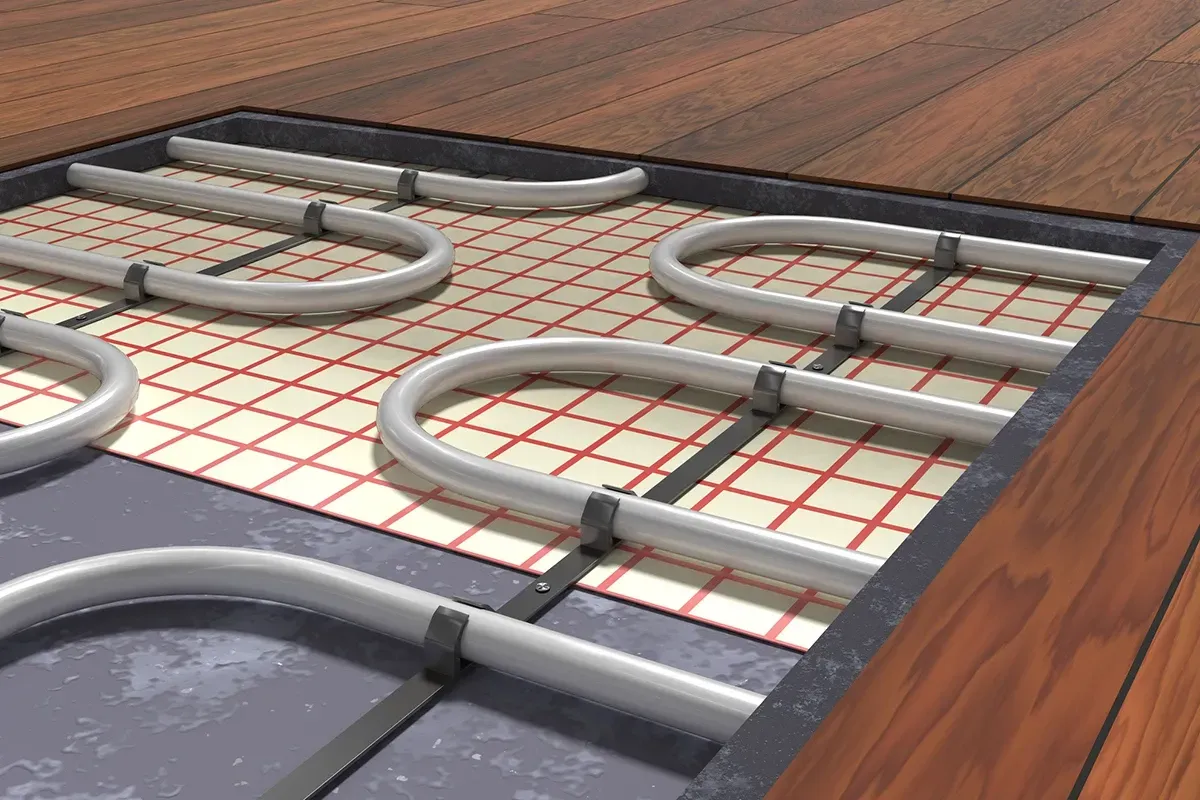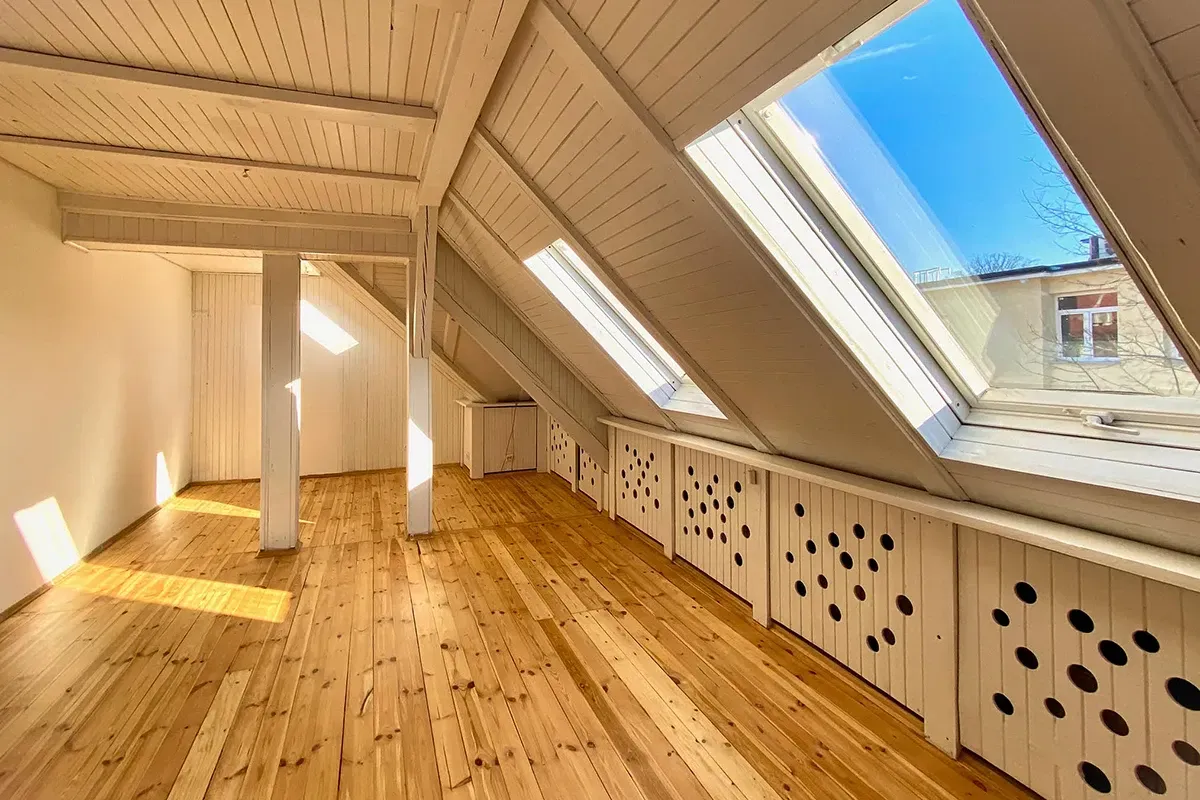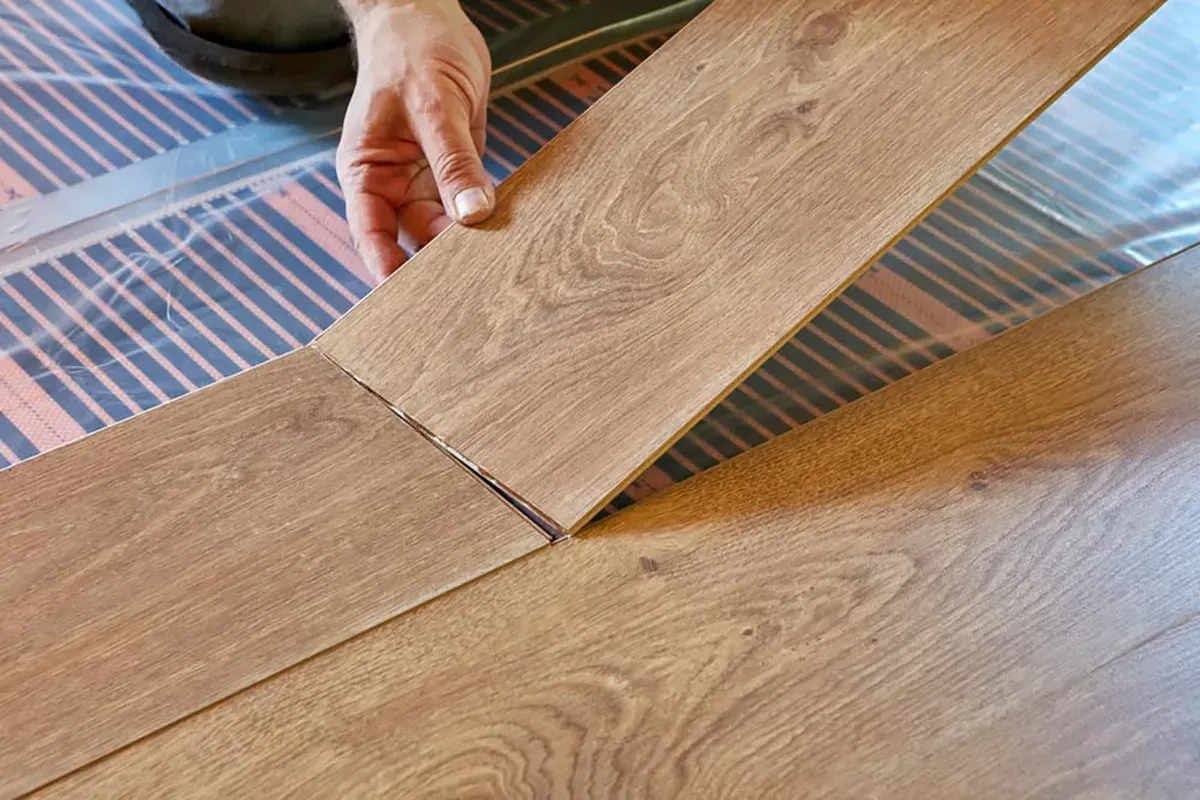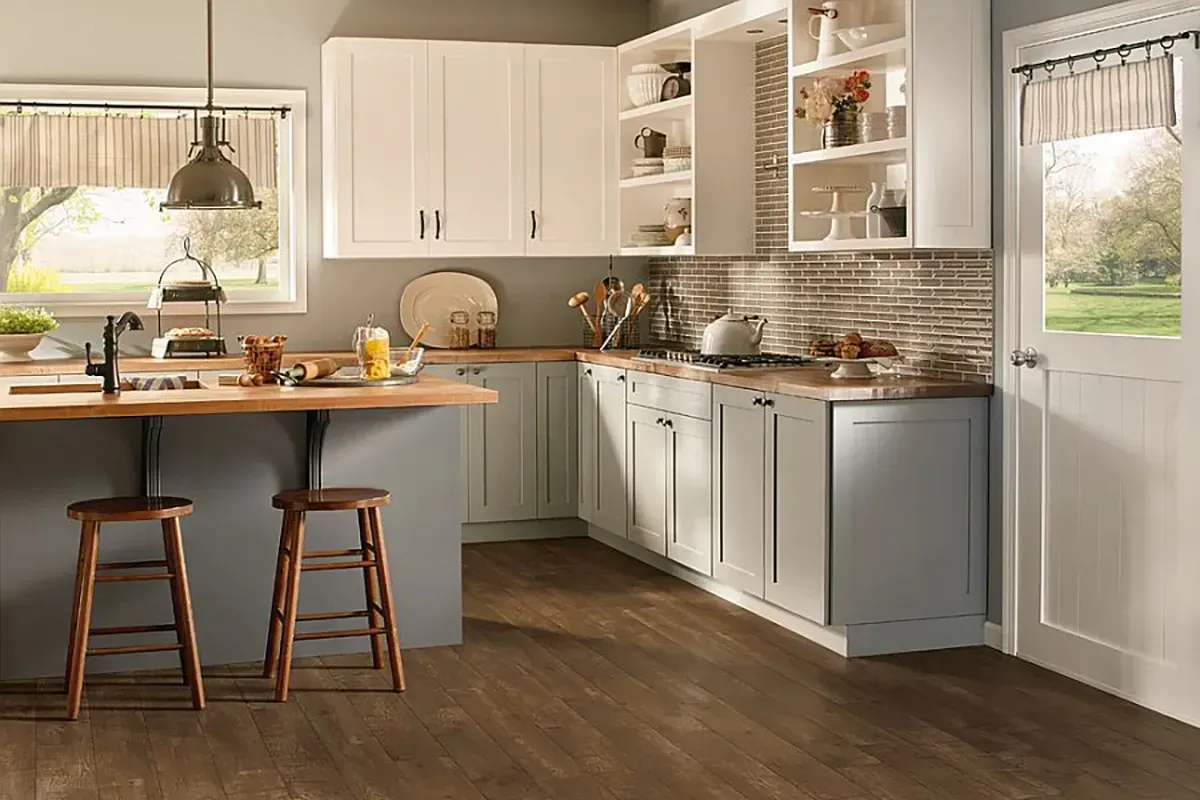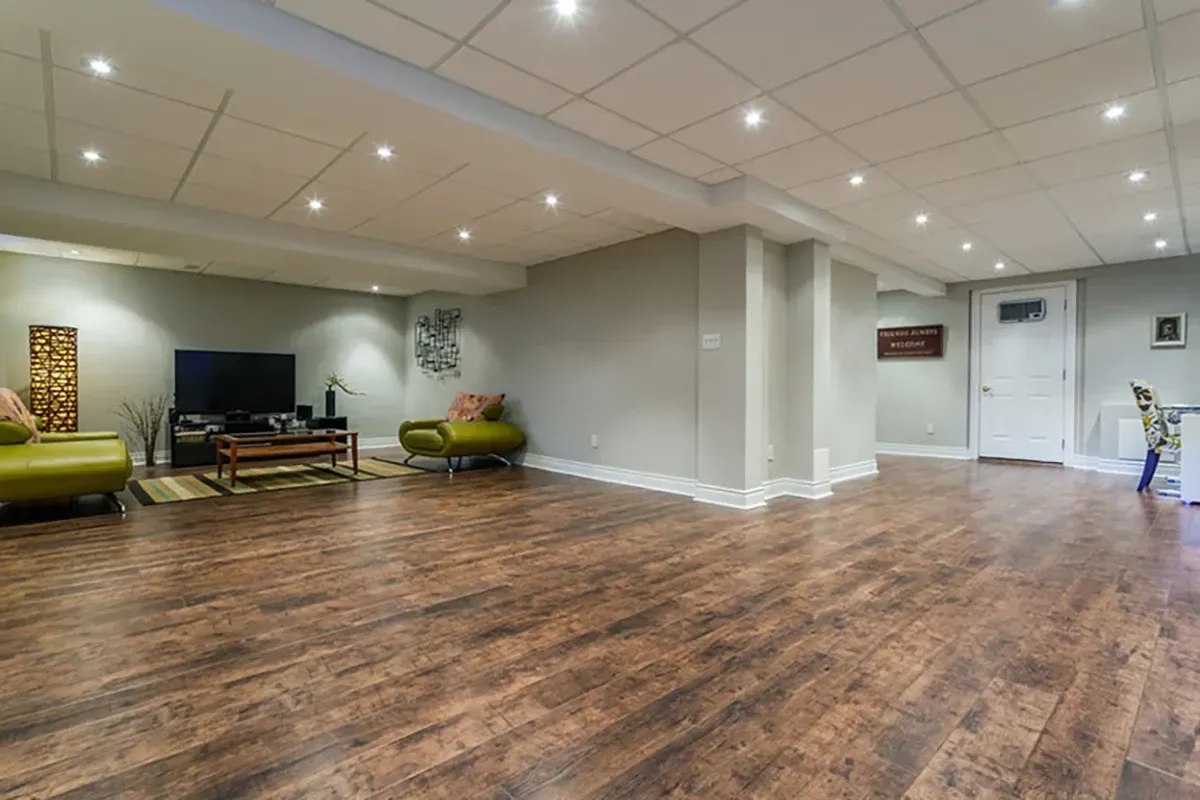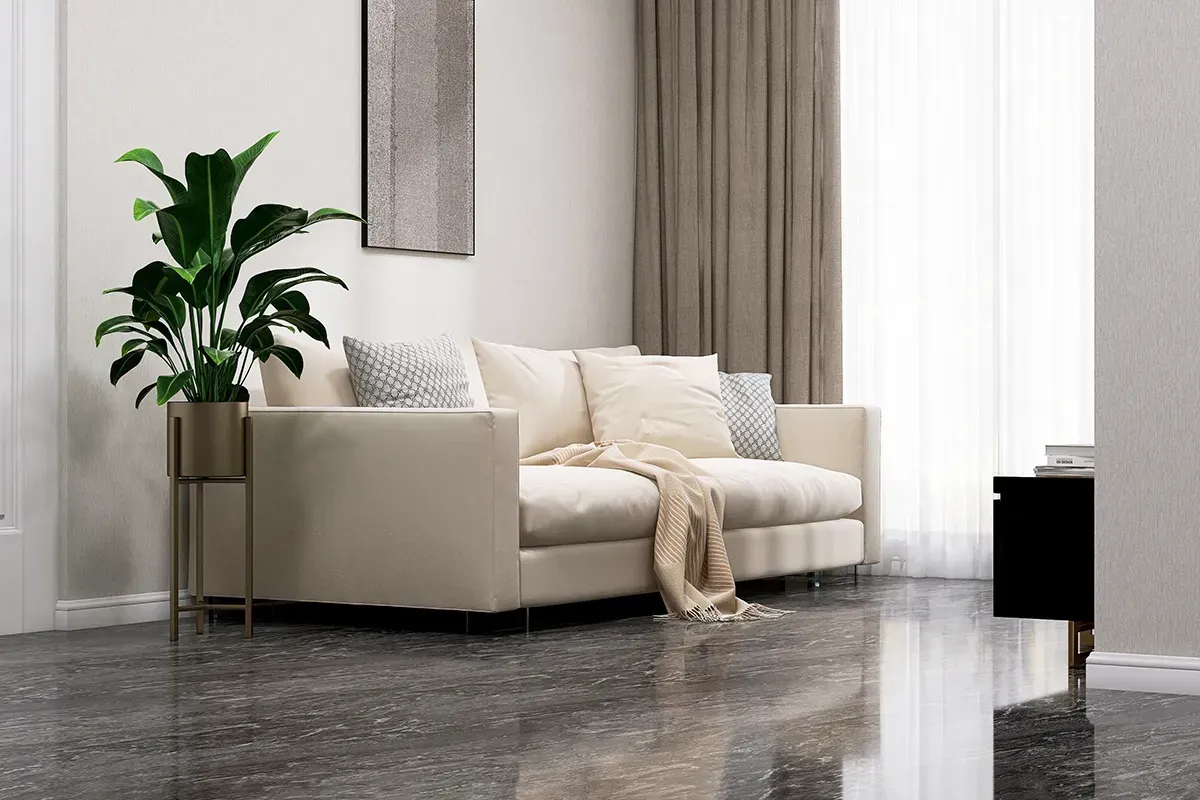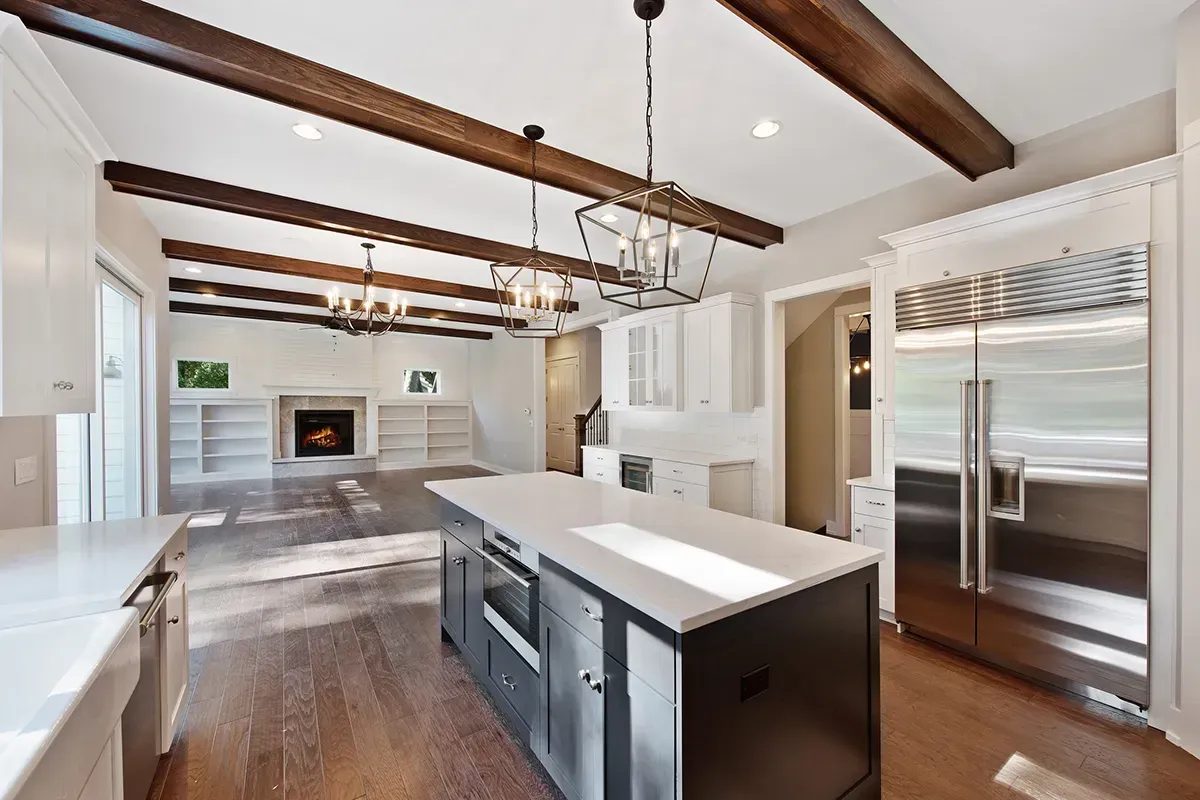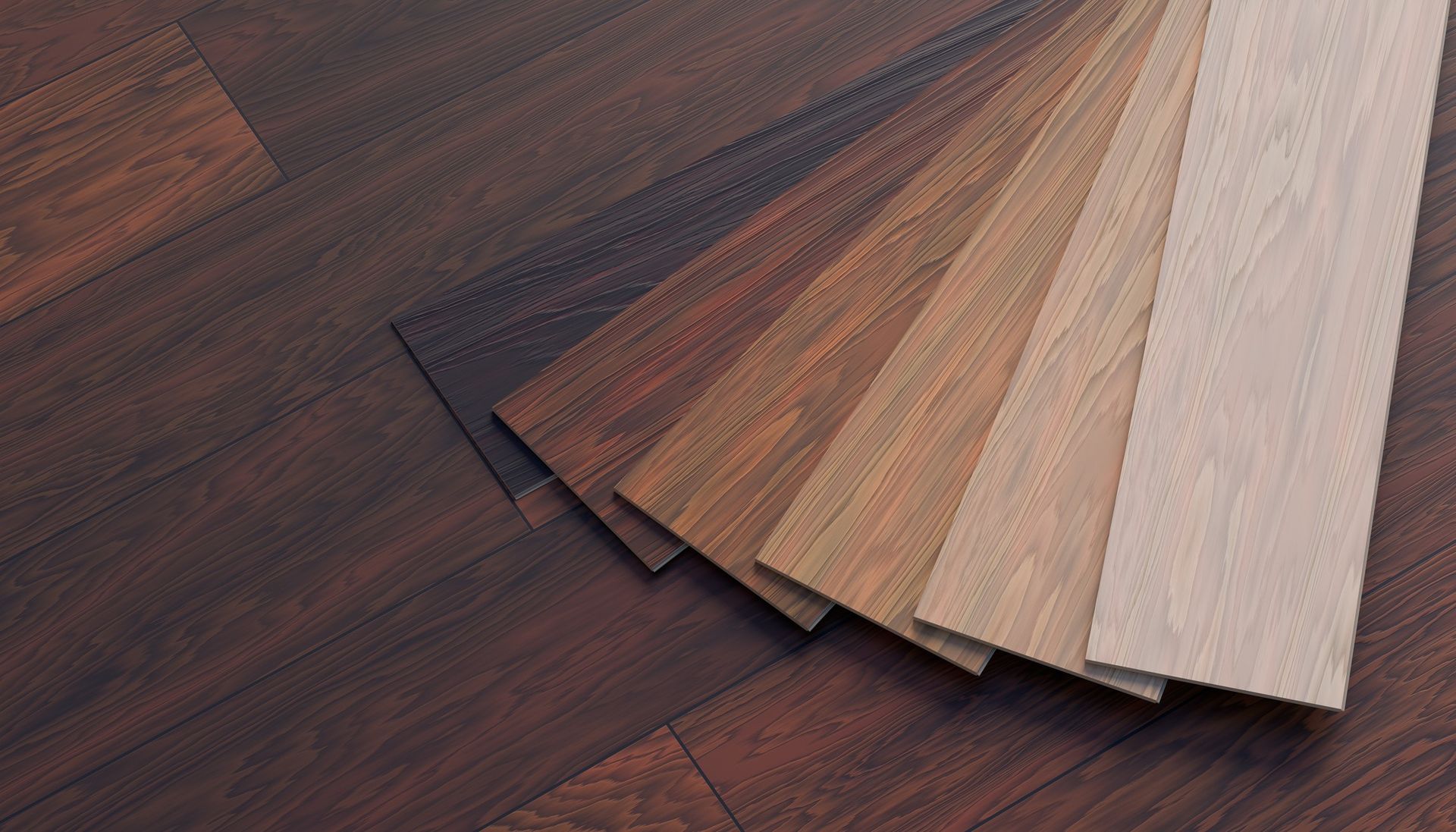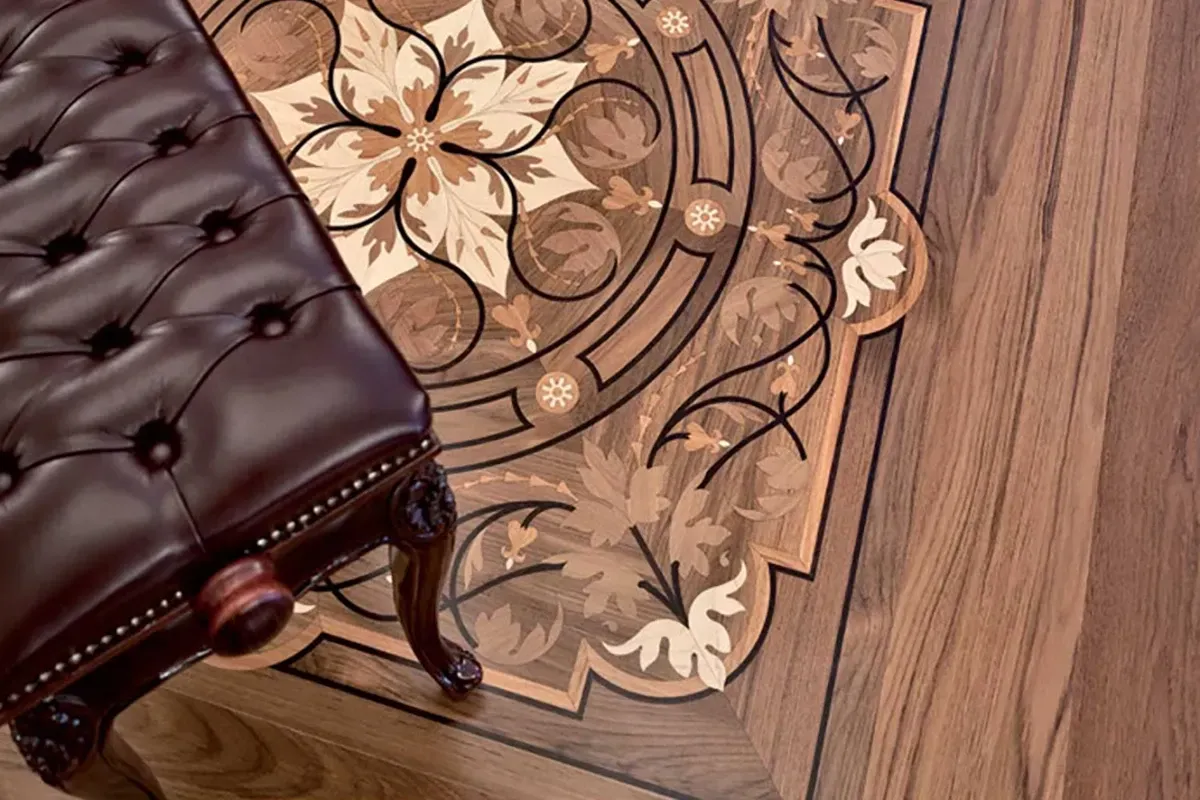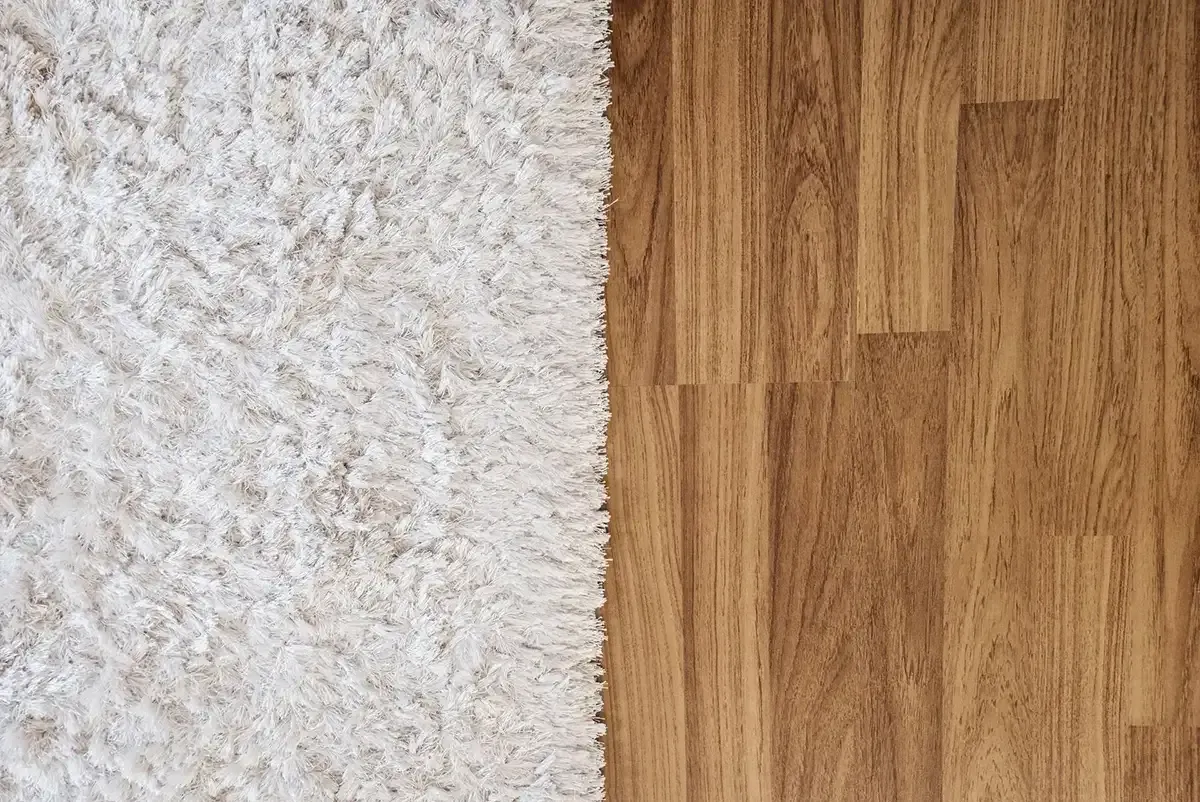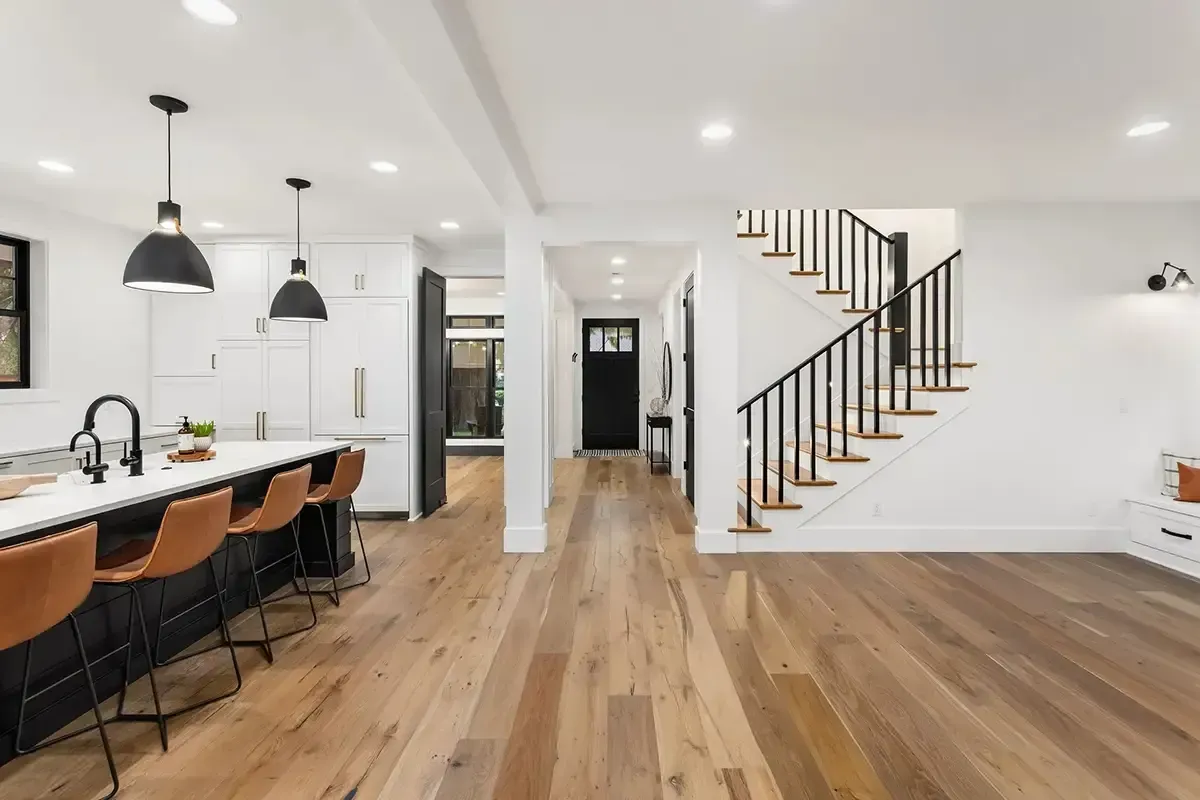Tongue and Groove Flooring: A Complete Guide
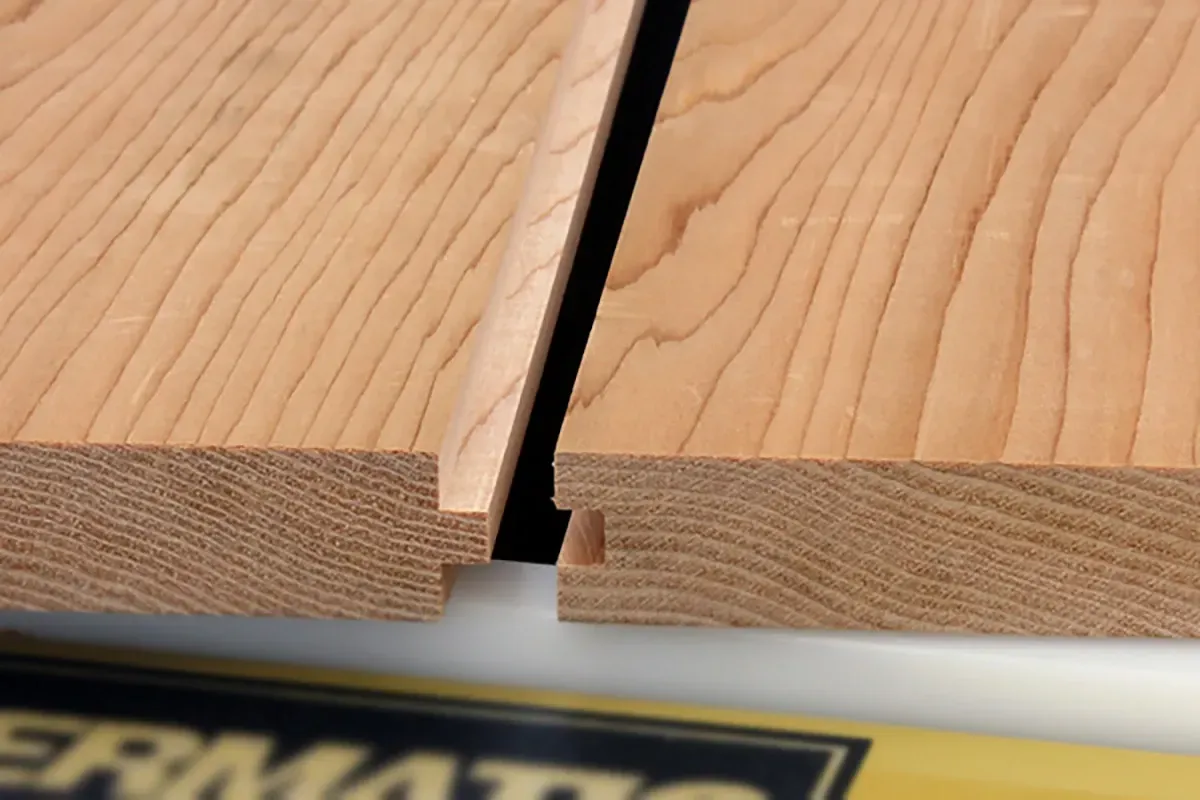
When it comes to flooring that combines seamless style and robust functionality, tongue and groove flooring is a standout choice. Known for its machine routing perimeter design, this flooring option is popular among homeowners and professionals alike. Whether you're renovating a single room or an entire home, tongue and groove flooring offers exceptional versatility and durability.
In this guide, we’ll explore what makes tongue and groove flooring unique, the best materials available, and how to choose the perfect option for your space.
What is Tongue and Groove Flooring?
Tongue and groove flooring features a system of interconnecting edges, where one side has a tongue (a protruding edge) and the other has a groove (a recessed edge). When installed, these pieces fit snugly together, creating a smooth, gap-free surface. This design makes tongue and groove flooring not only easy to install but also more stable and resistant to movement over time.
4 Key Benefits of Tongue and Groove Flooring:
- Seamless Appearance: Interlocking edges ensure a professional look.
- Easy Installation: Designed for DIY enthusiasts and professionals, it’s simple to fit together.
- Durable Structure: The overlapping tight fit enhances stability and reduces movement.
- Versatile Applications: Suitable for various substates depending on the composition of the T&G flooring.
Top Materials for Tongue and Groove Flooring
1. Solid Hardwood
For a timeless and classic look, solid hardwood tongue and groove flooring is a top choice.. Its natural beauty and durability make it a favorite in traditional and modern homes alike. Best for living rooms, dining areas, and bedrooms.
Advantages:
- High-end appearance that adds value to your home.
- Can be refinished multiple times to extend its lifespan.
- Available in a wide range of wood species and finishes.
Considerations:
- Requires professional installation for best results.
- Prone to moisture damage in high humid areas.
2. Engineered Hardwood
Engineered hardwood tongue and groove flooring is a practical alternative to solid wood, offering a similar aesthetic with enhanced durability. Its layered construction makes it more resistant to moisture and warping. Best for kitchens, hallways, and family rooms.
Advantages:
- Suitable for areas with fluctuating humidity, like basements.
- Easy to install, often with floating options.
- Available in various styles, width, tones & textures.
Considerations:
- Can only be refinished a limited number of times, and only if the engineered hardwood had been glued or nailed down (not floated).
- Slightly less durable than solid hardwood.
3. Laminate
Tongue and groove Laminate flooring is a budget-friendly option that mimics the appearance of wood or tile while being highly durable and easy to maintain. Its tongue and groove design simplifies installation, even for beginners. To be clear, this tongue & groove is a lock & key system, not simply a routed overlapping joint. Best for all rooms except bathrooms, unless a flood rated option is selected.
Advantages:
- Affordable and widely available.
- Scratch and stain resistant, ideal for high-traffic areas.
- Variety of styles and finishes to match any décor.
Considerations:
- Not as warm or authentic as real wood.
- Limited color options when looking at flood rated laminate.
4. Tongue and Groove Luxury Vinyl Plank (LVP)
Luxury vinyl plank tongue and groove flooring combines convenient installation with exceptional water resistance. It’s perfect for homes needing low-maintenance flooring that still delivers on style. Best for bathrooms, kitchens, and laundry rooms.
Advantages:
- 100% waterproof, making it ideal for wet areas.
- Durable and resistant to wear, scratches, and dents.
- Available in designs that mimic wood and stone.
Considerations:
- May lack the warmth of natural wood.
- Installation may require an underlayment for soundproofing.
- Additional prep will be required due to the thinness of the LVP.
5. Bamboo Tongue and Groove Flooring
Bamboo tongue and groove flooring is an eco-friendly, sustainable option that’s perfect for modern homes. Strand-woven bamboo, in particular, offers exceptional strength and works well with a tongue and groove design. Best for bedrooms and living rooms.
Advantages:
- Environmentally friendly and renewable.
- Durable and resistant to scratches.
- Adds a contemporary aesthetic to any room.
Considerations:
- Susceptible to moisture if not properly sealed.
- Can be more expensive than laminate or vinyl.

How to Choose the Best Tongue and Groove Flooring
Selecting the right tongue and groove flooring depends on several factors. Here’s are 5 key considerations:
- Room Usage: High-traffic areas require more durable options like laminate or LVP, while bedrooms and living spaces can accommodate softer materials.
- Budget: Solid hardwood offers unmatched elegance but comes at a higher cost. Laminate and LVP are excellent budget-friendly alternatives.
- Style Preferences: Whether you prefer rustic charm or sleek modern lines, there’s a tongue and groove option to suit your design vision.
- Climate: For areas with high humidity, engineered hardwood or LVP is better than solid wood.
- Ease of Installation: DIY enthusiasts may prefer laminate or LVP for their straightforward installation processes.
How to Install Tongue and Groove Flooring
Proper installation is essential to maximize the lifespan and appearance of your flooring. Here are some helpful tips:
- Prepare the Subfloor: Ensure it’s clean, level, and free of moisture.
- Acclimate the Flooring: Allow the material to adjust to the room’s temperature and humidity before installation.
- Use the Right Tools: A rubber mallet, tapping block, and spacers can help secure the boards without damaging them.
- Stagger the Planks: Avoid aligning seams for a more natural look and added stability.
- Follow Manufacturer Guidelines: Each material may have specific instructions for the best results.
Note: If needed, you can also change direction in wood flooring using splines.
Caring for Your Tongue and Groove Flooring
To keep your floors looking their best, follow these maintenance tips:
- Sweep Regularly: Remove dust and debris to prevent scratches.
- Use a Damp Mop: For deeper cleaning, use a damp mop and a cleaner suitable for your flooring material. Avoid excessive moisture on solid or engineered hardwoods and bamboo flooring.
- Protect High-Traffic Areas: Use rugs or mats to reduce wear and tear.
- Trim Pet Nails: Prevent scratches by keeping your pet’s nails short.
- Address Spills Immediately: Wipe up liquid spills promptly to avoid staining or damage.
How to Remove Tongue and Groove Flooring Without Damage
1. Prepare the Area
Start by clearing the space of all furniture, rugs, and other obstructions. Remove any baseboards or trim along the edges of the flooring to expose the edges of the planks. Inspect the flooring to identify a starting point, typically in a corner or another inconspicuous area.
2. Locate the Starting Point
Find an edge piece of the flooring that is easier to access. If there isn’t an obvious starting point, you may need to cut into one plank to create an opening for prying.
3. Cut a Starting Section (if needed)
If necessary, use a circular saw or an oscillating tool to cut through a single plank near the edge of the room. Be cautious and adjust the blade depth to avoid cutting into the subfloor. This cut will create a starting point for removing the planks.
4. Remove the First Plank
Insert a pry bar or chisel beneath the edge of the cut plank. Use a hammer or mallet to gently tap the tool and lift the plank. Work slowly and carefully to avoid damaging the tongues and grooves of adjacent planks.
5. Work Across the Floor
Once the first piece is removed, move row by row. Insert the pry bar into the groove of each plank and apply steady, upward pressure to loosen and remove it. Continue this process for each plank in the row until the entire row is lifted.
6. Handle Nails or Adhesive
If the flooring is nailed down, use the back of a hammer or pliers to pull out the nails as you go. For adhesive-installed flooring, use a putty knife to scrape away any leftover glue from the subfloor. Be thorough to ensure the subfloor is smooth and clean.
7. Continue Until Finished
Repeat the process, moving across the room and working plank by plank. Pay special attention to areas around doorways, vents, or irregularly shaped spaces, as these may require extra care.
Contact Rejuvenation Floor & Design
Tongue and groove flooring is a versatile, durable, and aesthetically pleasing option for any home. Its interlocking design simplifies installation, while the variety of materials ensures a perfect match for every budget and style. Whether you’re upgrading your living room or reimagining your kitchen, tongue and groove flooring offers a seamless, long-lasting solution.
If you have any questions about tongue and groove flooring, contact us at
Rejuvenation Floor & Design or stop by our flooring showroom in Portland, Oregon. Our experienced team is more than happy to assist. Local homeowners also get the benefit of free in-home estimates!

